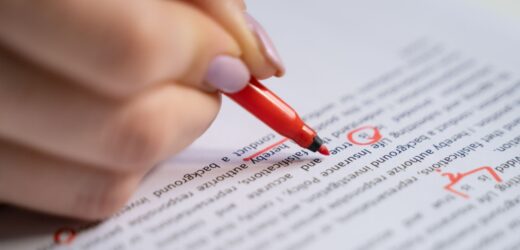Plagiarism detection reports from companies such as Turnitin are the primary way that faculty identify cheating on written work. But my experience in working with hundreds of faculty has shown me that most misread these reports because they have not received proper instruction on how to interpret the results. In particular, faculty are not trained in how to distinguish cheating from ignorance of citation rules, and as a result students are often wrongly accused of cheating. Here I explain how to read plagiarism detection reports to both deter cheating and help students understand writing rules.
How to Read Plagiarism Detection Reports

- Tags: academic integrity, plagiarism
Related Articles
I have two loves: teaching and learning. Although I love them for different reasons, I’ve been passionate about...
Could doodles, sketches, and stick figures help to keep the college reading apocalypse at bay?...
We’ve all faced it: the daunting stack of student work, each submission representing hours of potential grading. The...
Storytelling is one of the most powerful means of communication as it can captivate the audience, improving retention...
For some of us, it takes some time to get into the swing of summer. Some of us...
About a year ago, I decided to combine the ideas of a syllabus activity and a get-to-know-students activity....
The use of AI in higher education is growing, but many faculty members are still looking for ways...








